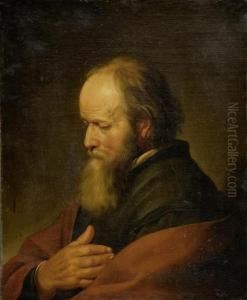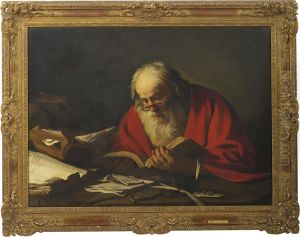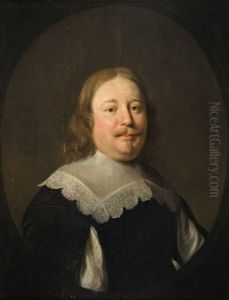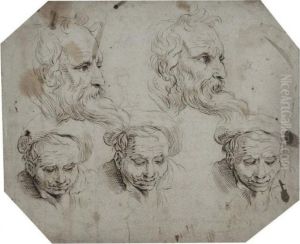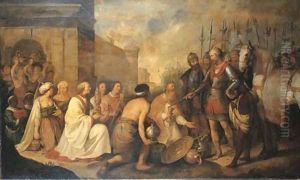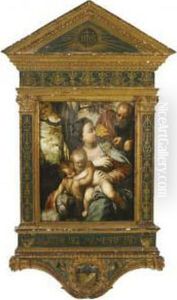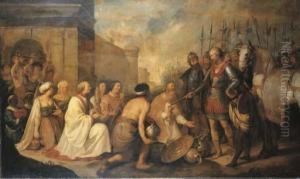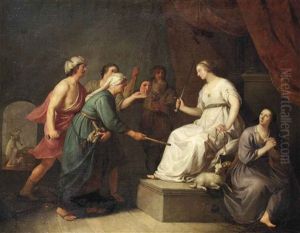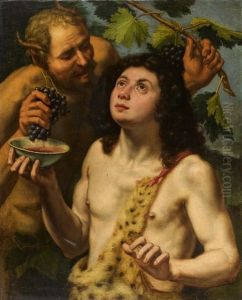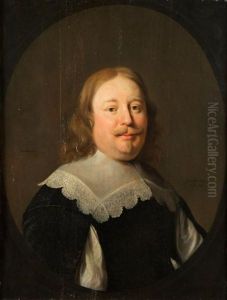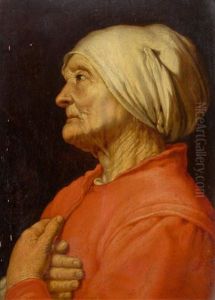Hendrick Bloemaert Paintings
Hendrick Bloemaert was a Dutch Golden Age painter, born in Utrecht in 1601. He was one of the four sons of Abraham Bloemaert, who was an influential Dutch painter and printmaker. Trained by his father, Hendrick was exposed to art at an early age. His style was greatly influenced by his father's mannerism, and he later incorporated more of the Caravaggisti style after the Italian painters who followed Caravaggio's chiaroscuro technique.
Hendrick worked in Rome for a period in the 1620s, which was common for many Dutch artists of the time. This experience allowed him to absorb Italian influences and bring them back to the Netherlands. Upon returning to Utrecht, he became a member of the Guild of St. Luke and established himself as a respected artist.
His body of work includes religious and mythological scenes, portraits, and genre paintings. Hendrick's work is characterized by his use of dramatic lighting and rich colors, which he likely honed during his time in Italy. He was also known for his etchings and engravings, which contributed to his father's print series.
Despite his talent and the initial influence of his father's legacy, Hendrick Bloemaert never gained the same level of fame as some of his contemporaries, such as Rembrandt or Vermeer. However, his works are still appreciated for their historical value and contribution to the Dutch Golden Age of painting.
Hendrick passed away in Utrecht in 1672, leaving behind a legacy as a notable figure in the second generation of Dutch artists who were pivotal in the development of Dutch art during the 17th century.







